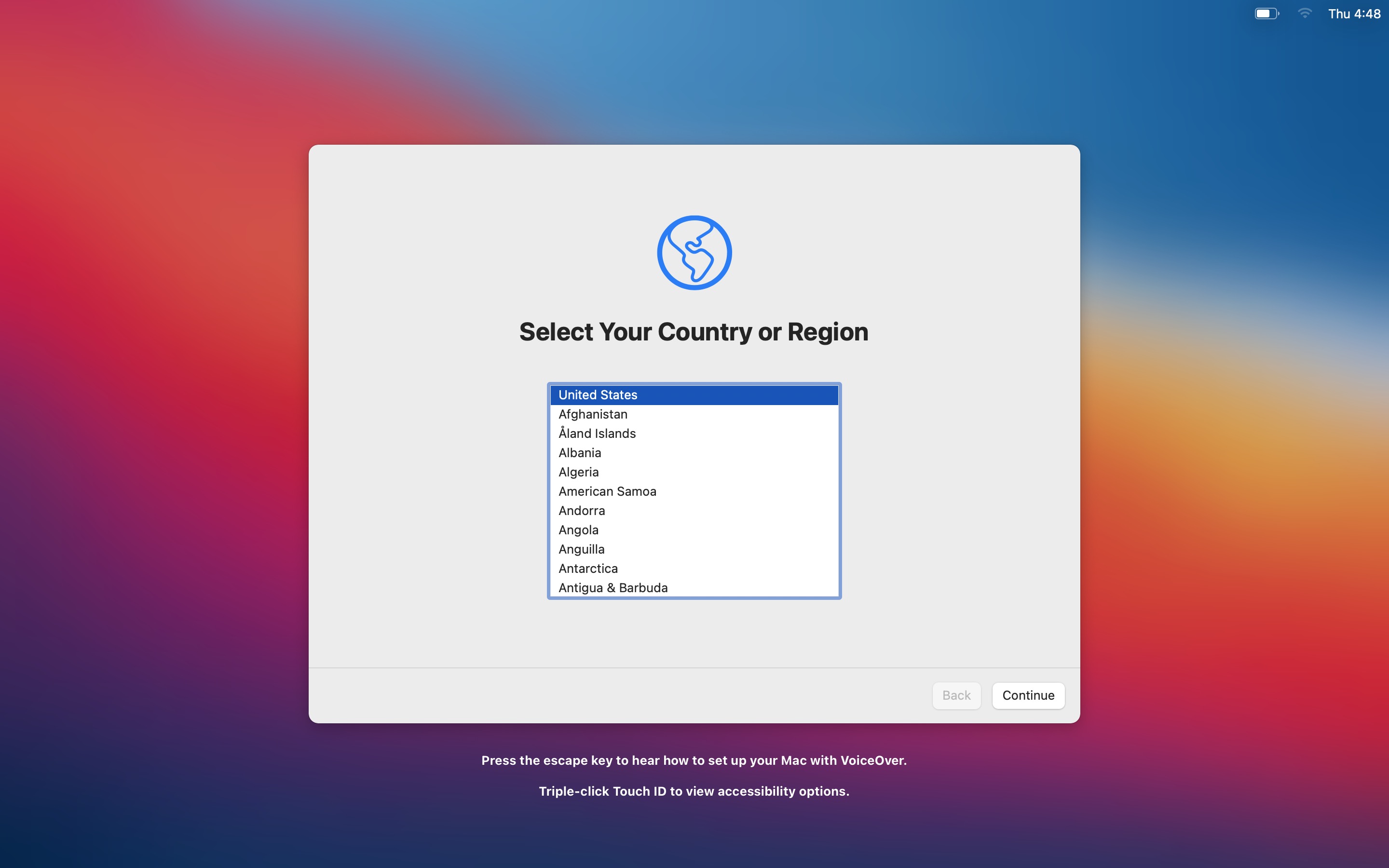
Individuals who have a valid authorized need to access DoD Public Key Infrastructure (PKI)- protected information but do not have access to a government site or government-furnished equipment will need to configure their systems to access PKI-protected content.
Radiant Defense: Download Radiant Defense /Mac/Windows 7,8,10 and have the fun experience of using the smartphone Apps on Desktop or personal computers. New and rising Simulation Game, Radiant Defense developed by HEXAGE for Android is available for free in the Play Store. Before we move toward the installation guide of Radiant Defense on PC using Emulators, here is the official Google play. Download Defense Zone for macOS 10.9.0 or later and enjoy it on your Mac. Stunning detail of levels, in-depth gameplay, finely tuned balance of all levels and turrets. During the game you will hold your defence with your turrets against the massive hordes of enemies.

Download and install the OS X Smartcard Services package The OS X Smartcard Services Package allows a Mac to read and communicate with a smart card. In order for your machine to recognize your CAC certificates and DoD websites as trusted, the installer will load the DoD CA certificates on OS X. Note: The steps to install the 2016 or 2013 versions of Office Professional Plus, Office Standard, or a stand-alone app such as Word or Project might be different if you got Office through one of the following: Microsoft HUP: If you bought Office for personal use through your company, see Install Office through HUP. Volume license versions: If you work in an organization that manages your.
Accessing DoD PKI-protected information is most commonly achieved using the PKI certificates stored on your Common Access Card (CAC). The certificates on your CAC can allow you to perform routine activities such as accessing OWA, signing documents, and viewing other PKI-protected information online. For more information about your CAC and the information stored on it, visit http://www.cac.mil.

Before you begin, make sure you know your organization’s policies regarding remote use.

Windows
To get started you will need:
- CAC
- Card reader
- Middleware (if necessary, depending on your operating system version)
You can get started using your CAC by following these basic steps:
- Get a card reader.
At this time, the best advice for obtaining a card reader is to work with your home component to get one. In addition, please review the DoD CAC Reader Specifications for more information regarding the requirements for a card reader. - Install middleware, if necessary.
You may need additional middleware, depending on the operating system you use. Please contact your CC/S/A for more information on the middleware requirements for your organization. You can find their contact information on our Contact Us tab. - Install DoD root certificates with InstallRoot (32-bit, 64-bit or Non Administrator).
In order for your machine to recognize your CAC certificates and DoD websites as trusted, run the InstallRoot utility (32-bit, 64-bit or Non Administrator) to install the DoD CA certificates on Microsoft operating systems. If you’re running an alternate operating system such as Mac OS or Linux, you can import certificates from the PKCS 7 bundle. The InstallRoot User Guide is available here. - Make certificates available to your operating system and/or browser, if necessary.
Pick your browser for specific instructions.
Type Defense Download For Mac Os
Mac
To get started you will need:
- CAC (see note below)
- Card reader

You can get started using your CAC on your Mac OS X system by following these basic steps:
Type Defense Download For Mac Windows 10
- Get a card reader
Typically Macs do not come with card readers and therefore an external card reader is necessary. At this time, the best advice for obtaining a card reader is through working with your home component. In addition, please review the DoD CAC Reader Specifications for more information regarding card reader requirements. - Download and install the OS X Smartcard Services package
The OS X Smartcard Services Package allows a Mac to read and communicate with a smart card. In order for your machine to recognize your CAC certificates and DoD websites as trusted, the installer will load the DoD CA certificates on OS X. Please refer to this page for specific installation instructions. - Address the cross-certificate chaining Issue
These instructions walk through adjusting the trust settings on the Interoperability Root CA (IRCA) > DoD Root CA 2 and the US DoD CCEB IRCA 1 > DoD Root CA 2 certificates to prevent cross-certificate chaining issues. This can make it appear that your certificates are issued by roots other than the DoD Root CA 2 and can prevent access to DoD websites. - Configure Chrome and Safari, if necessary
Safari and Google Chrome rely on Keychain Access properly recognizing your CAC certificates.- In Finder, navigate to Go > Utilities and launch KeychainAccess.app
- Verify that your CAC certificates are recognized and displayed in Keychain Access
Note: CACs are currently made of different kinds of card stock. To determine what card stock you have, look at the back of your CAC above the magnetic strip. Most CACs are supported by the Smartcard Services package, however Oberthur ID One 128 v5.5 CACs are not. Third party middleware is available that will support these CACS; two such options are Thursby Software’s PKard and Centrify’s Express for Smart Card.
Linux
To get started you will need:
- CAC
- Card reader
- Middleware
You can get started using your CAC with Firefox on Linux machines by following these basic steps:
- Get a card reader.
At this time, the best advice for obtaining a card reader is to work with your home component to get one. In addition, please review the DoD CAC Reader Specifications for more information regarding the requirements for a card reader. - Obtain middleware.
You will need middleware for Linux to communicate with the CAC. The CoolKey PKCS#11 module provides access to the CAC and can be installed using Linux package management commands.- For Debian-based distributions, use the command apt-get install coolkey
- For Fedora-based distributions, use the command yum install coolkey. The CoolKey PKCS #11 module version 1.1.0 release 15 ships with RHEL 5.7 and above and is located at /usr/lib/pkcs11/libcoolkeypk11.so.
If you prefer to build CoolKey from source, instructions are included in the Configuring Firefox for the CAC guide.
- Configure Firefox to trust the DoD PKI and use the CAC.
To configure Firefox to communicate with the CAC, follow these steps to install the DoD root and intermediate CA certificates into the Firefox NSS trust store, load the CoolKey library, and ensure the Online Certificate Status Protocol (OCSP) is being used to perform revocation checking.
Next Steps
Your internet browser is now configured to access DoD websites using the certificates on your CAC. Now that your machine is properly configured, please login and visit our End Users page for more information on using the PKI certificates on your CAC.
